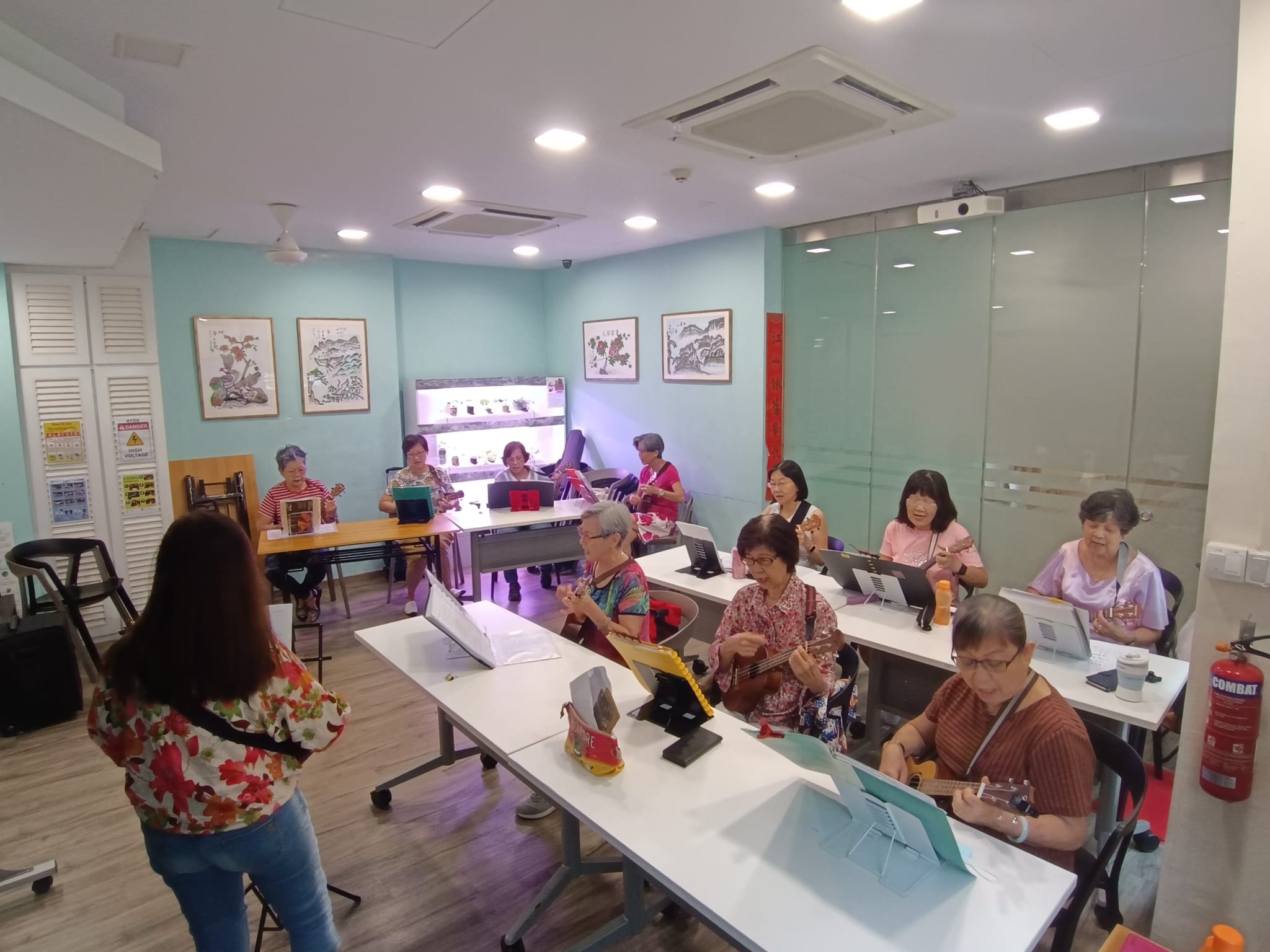Reimagining the Active Ageing Centres (AACs) of Thye Hua Kwan Moral Charities
Student Researchers:
Charmaine Song Xinling, Business ‘24
Tong Hui Yi, Arts and Social Sciences ‘24
Project Supervisor:
Dr Kevin S.Y. Tan, Lecturer
Chua Thian Poh Community Leadership Centre, National University of Singapore
Project Outline:
Singapore’s population is ageing rapidly in tandem with increasing life expectancy and with birth rates falling to a record low (MOH, 2023). It has been projected that residents aged 65 and above will make up one-quarter of Singapore’s population by 2030 (Sim, 2023). The shocking rise of reported elderly suicides, intensified by elderly isolation, health issues and life stressors (Ko, 2021), strongly signals that more needs to be done to support them. Furthermore, as the number of older adults requiring care and assistance increases in the community, there is an economic-driven need to consider not just remedial approaches, but also active and preventive ways to help them remain healthy and socially integrated (Mehta & Vasoo, 2000).
In Singapore, the government has taken an active and holistic approach to ensure the active ageing of individuals. One such effort is the Active Ageing Centres (AAC), which are drop-in social recreational centres seen as valuable in providing a space for older adults to build strong social connections and receive timely and coordinated access to quality care (mosAIC 2021). Given that active social engagement is associated with better health and health outcomes (Bath, P & Deeg, D, 2005), social integration and community involvement are of paramount importance to the physical and mental well-being of the elderly (NIH, 2019). As such, Singapore aims to increase the number of AACs to 220 by 2025 (MOH, 2023).
It is important to note that the AAC is a new service model initiated in 2021, which now extends to all profiles of older adults, aged 60 years and above, living in the community regardless of housing type and socioeconomic status (MOH, 2020). Previously, they were Senior Activity Centres (SAC), which reached out only to vulnerable, low-income seniors. Studies were conducted previously to better understand the motivations and barriers of these vulnerable seniors in accessing SAC and its services (Lee et al., 2019). However, given its recent transition, sparse research has been done to inform how AACs can meet the felt needs and wants of the general elderly population. This is a gap this research project aims to fill, given the difference in experience between older adults living in relative marginalisation and those with greater financial security (Aw et al., 2017).
Hence, this research project aims to strengthen the current literature documenting the elderly community’s perceptions towards the AAC. For this project, we partnered with Thye Hua Kwan Moral Charities (THKMC), which currently supports 15 AACs across the island at the time of writing.
For this study, we focus on gathering the insights of seniors living nearby or participating in the AAC located in Ang Mo Kio Town, specifically THK AAC @ Blk 645 and Young at Heart @ Blk 650. To explore the expectations and hopes of the Ang Mo Kio senior residents towards AAC and the motivations and barriers to accessing it, we conducted mixed-method research combining both qualitative and quantitative methods of data collection. The findings will be used to inform the reimagination of AACs run by THK. Obtaining insights from service users themselves is crucial in informing the curation of activities and programmes, as AACs have the potential to effectively promote the social integration of seniors into the community. This is part of a broader and important strategy for mitigating the implications of the rapidly ageing population that Singapore is currently facing (Mehta & Vasoo, 2000; MOH, 2023).
Photo: Seniors practicing Ukulele at Ang Mo Kio AAC@Blk 645


